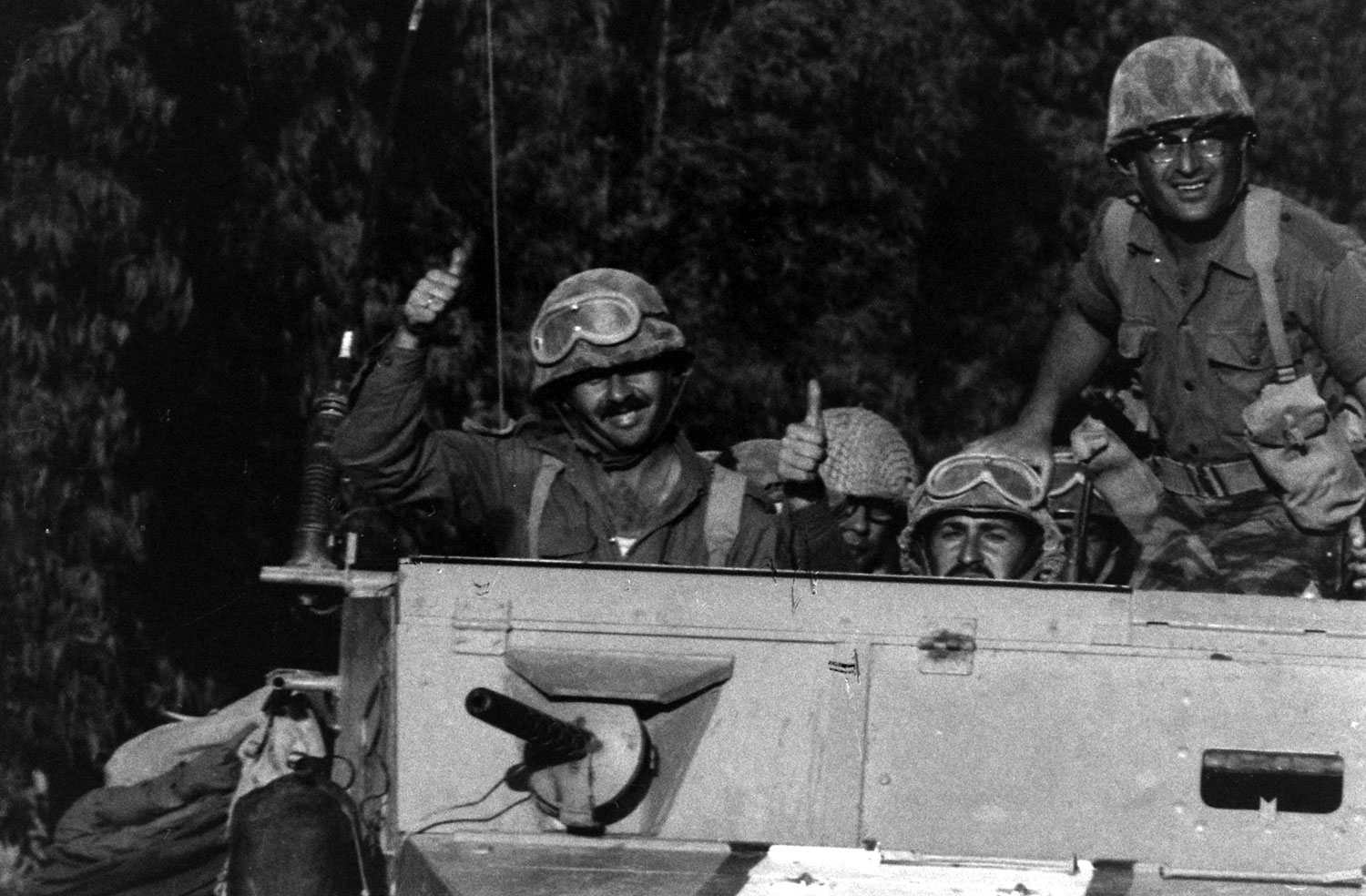
Paul Schutzer died 47 years ago, in June 1967, on the first day of the Six-Day War. The 36-year-old LIFE photographer was riding in a half-track personnel carrier with Israeli soldiers when he was shot through the head, moments before a bazooka round struck the half-track and wounded a half-dozen troops.
Days later, Schutzer’s body was found. Alongside his remains was his camera, baking in the desert sun; inside were the last pictures he ever made. Here, LIFE.com presents those pictures, in humble tribute to a master photographer and a great journalist taken too soon.
For weeks after his death, LIFE’s editors, correspondents and even LIFE readers paid tribute to Schutzer in the pages of the magazine he had helped shape for close to a decade. For some, he was a trusted and valued colleague; for others, he was a stranger whose work through the years had consistently and deeply moved them, delighted them, shocked them; for still others, he was a friend and not someone easily, or ever, replaced.
“Paul Schutzer and I went to college together and my memories of him will always be pleasant,” a reader named Mel Buxbaum wrote to the editors in the June 7, 1967, issue of LIFE. “He was a unique observer of people and events. . . . He saw the world through the eye of an accomplished artists and sculptor — perhaps this was the key to his remarkable genius with a camera.”
LIFE’s longtime managing editor, George P. Hunt, offered a clear-eyed and loving tribute to Schutzer in the June 16, 1967, issue.
“Paul was 36,” Hunt wrote, “but he seemed younger. His brown hair, friendly hazel eyes and handsome boyish face all told so much about his buoyancy and warmth. Indeed, Paul was a man deeply concerned with the human spirit, and it was this — his compassion for people — that made him the brilliant photographer he was.”
Remember, for a moment [Hunt continued], some of the stories he did and the events he covered — the Berlin Wall, the Iranian earthquake, the Algerian War, Eastern Europe with that memorable portraiture of life there, a delightful characterization of the Italian man, his coverage of Nixon jeered and assaulted in Venezuela, or John F. Kennedy through his campaign, the fury of Hurricane Audrey when it battered Louisiana, the Winter Olympics at Innsbruck, the scaling of the North wall of the Eiger. He went into Cuba to cover the Castro crisis, into Lebanon with the Marines and again with the Marines in Vietnam. . . . His was a full life, made even fuller by an inner drive to probe with taste and dignity into the effect of events upon people. Many photographers do this, but Paul’s special fascination with his fellow man, and his understanding of him, made his work exceptional.
Paul was also a poet and this was so evident in his approach to the world. Even in his bitterest or tragic pictures there shines trough the lyric thought that in suffering comes hope. The lovely things entranced him, too: and then his sense of beauty would take on a distinctive charm. A friend of Paul recalls sitting with him at a cafe in Rome [during] one of those warm cloudless Italian summers. They were on the Appia Antica, and the great old city sprawled in front of them. Paul watched the soft landscape through his glass of white wine, and he caught the sunlight in it. He looked at it for a while and said, “I would like to photograph the world through this topaz.”
Ben Cosgrove is the Editor of LIFE.com

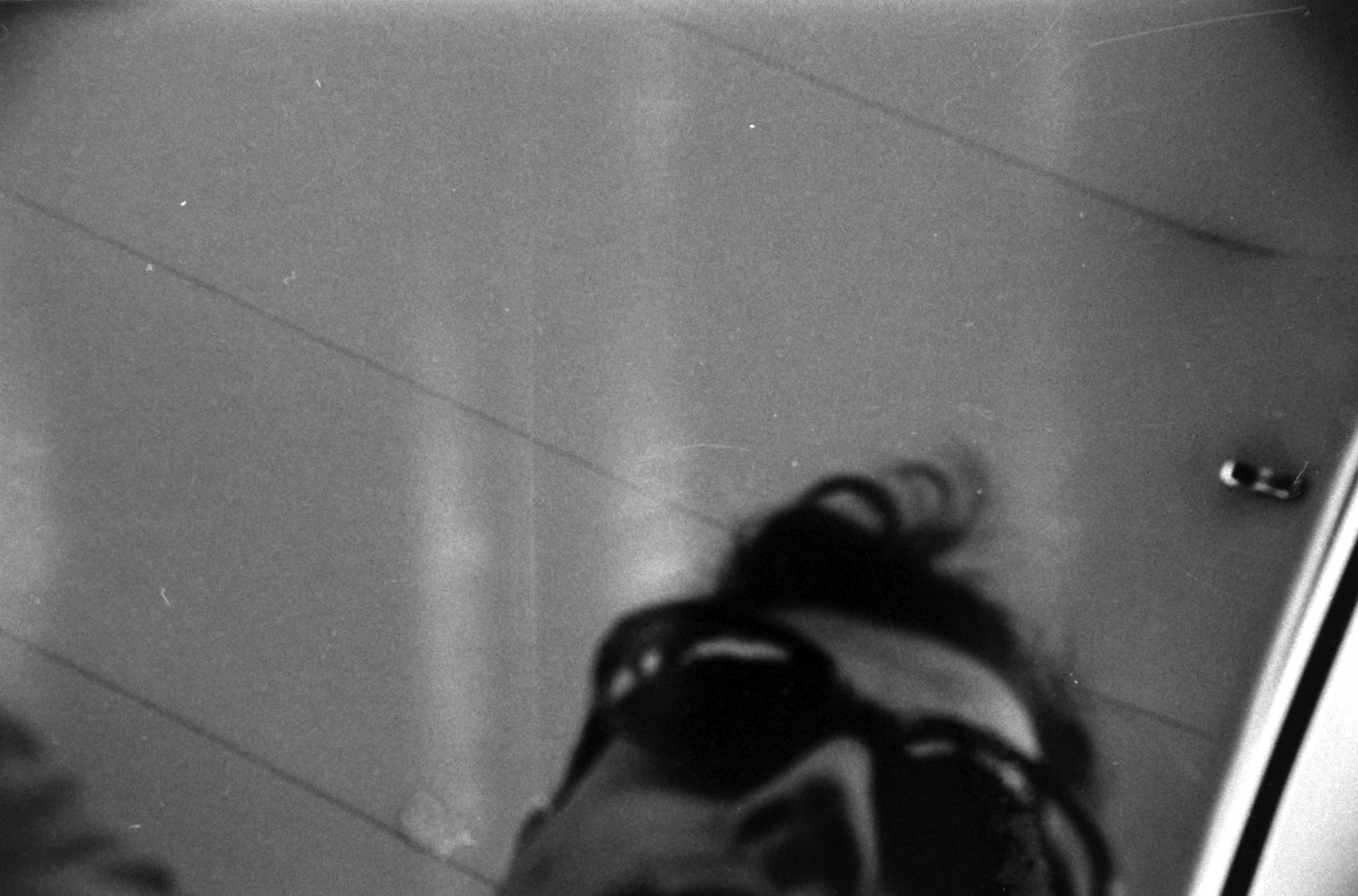
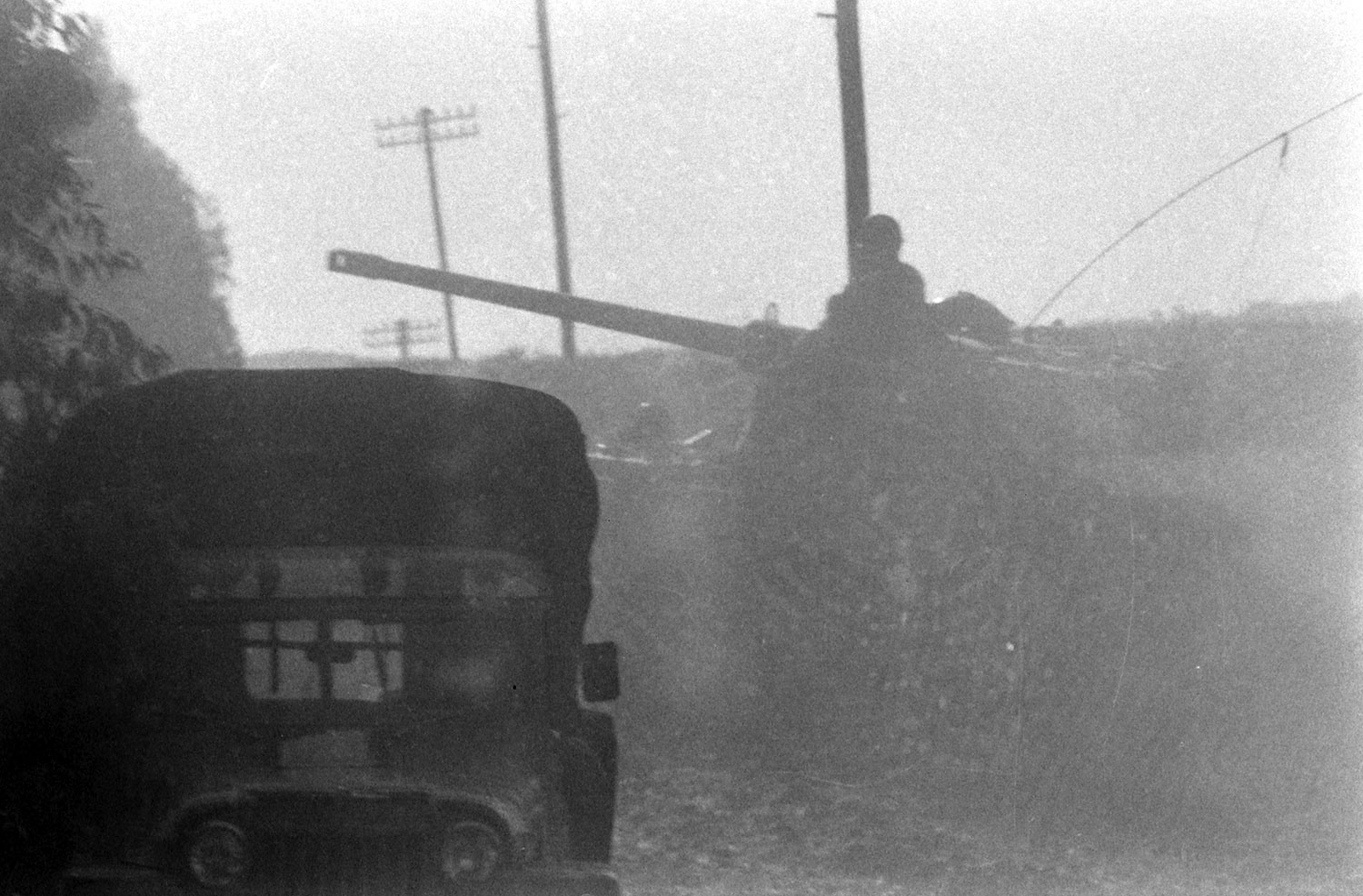
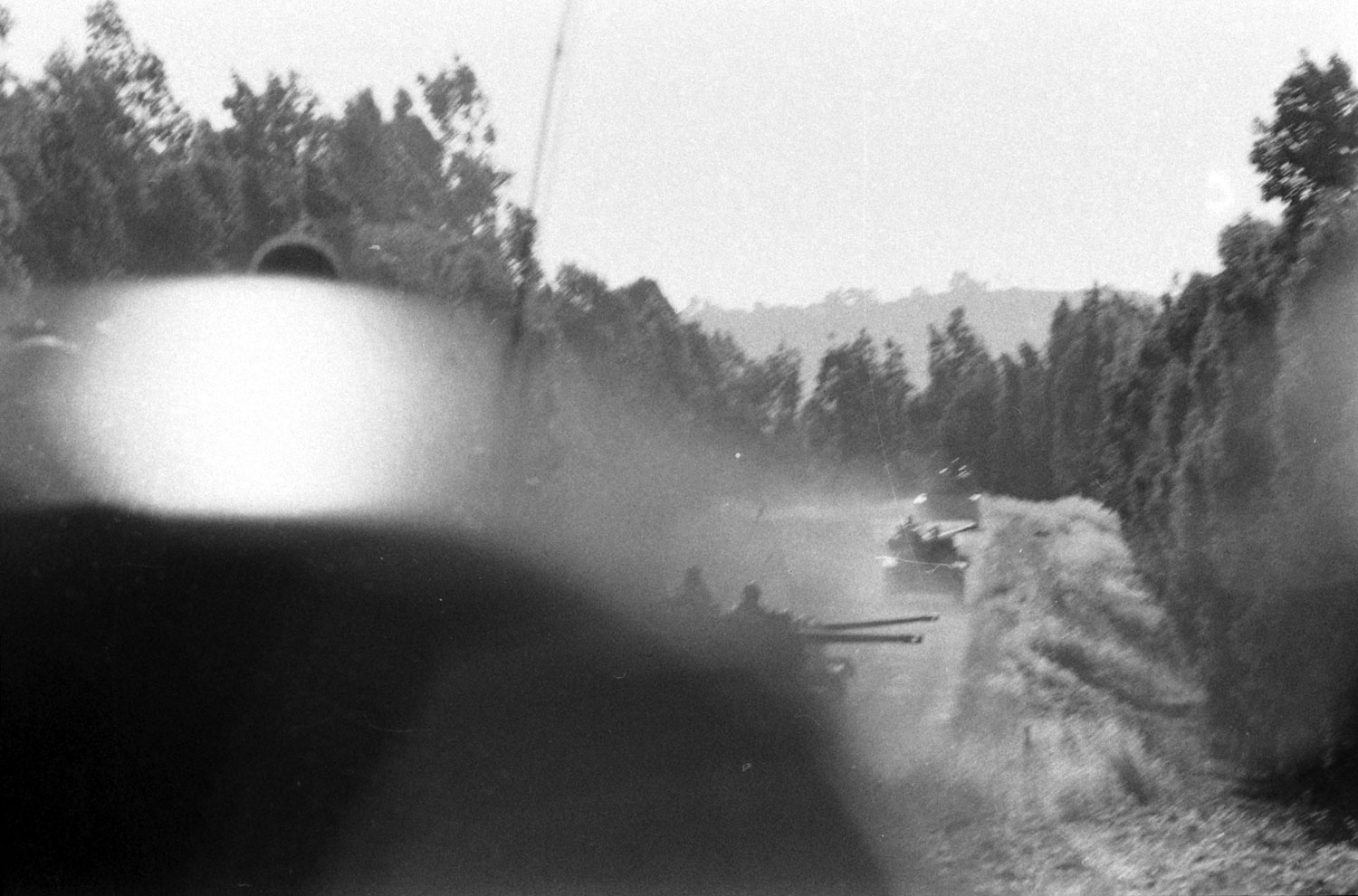
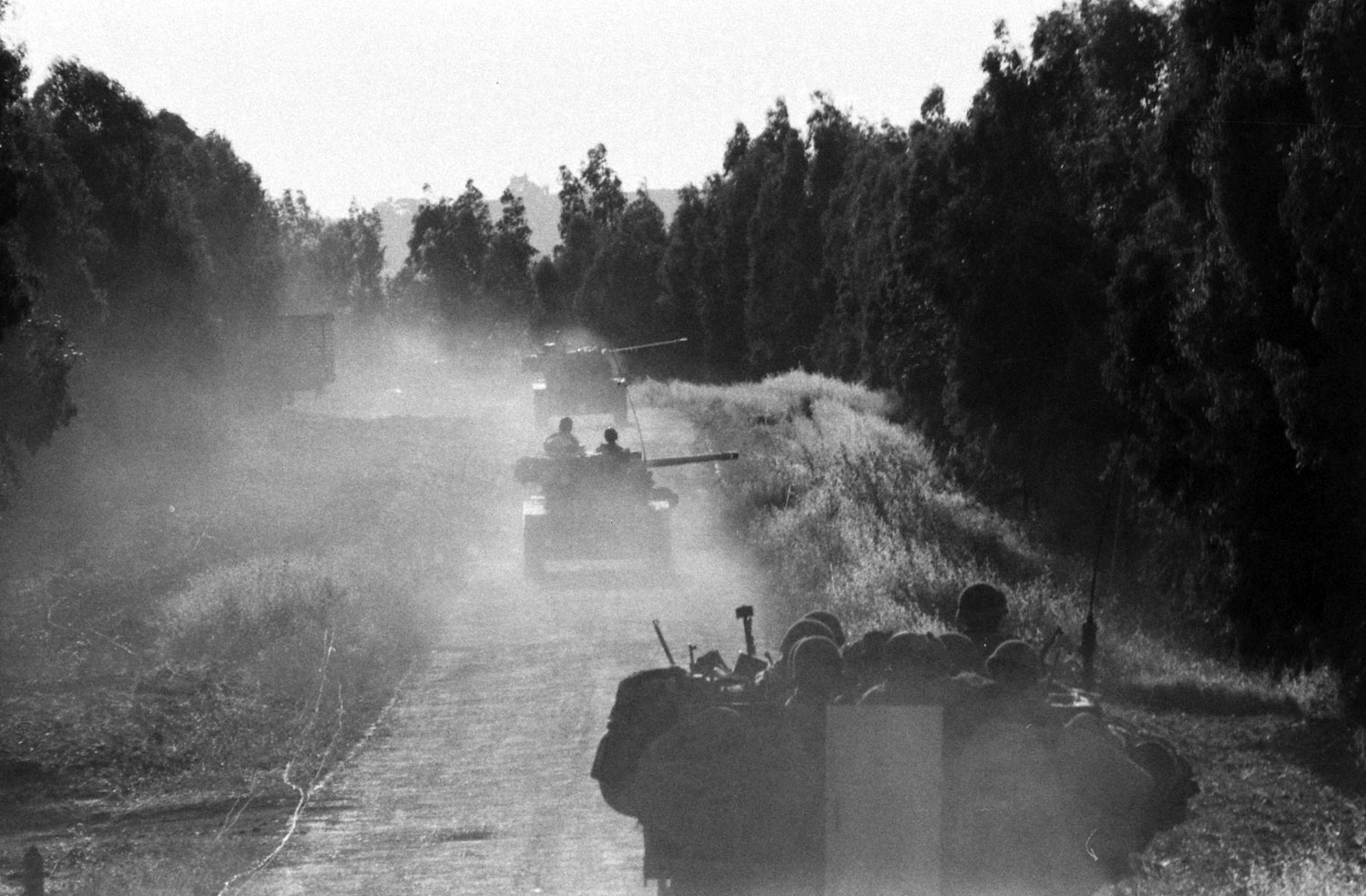


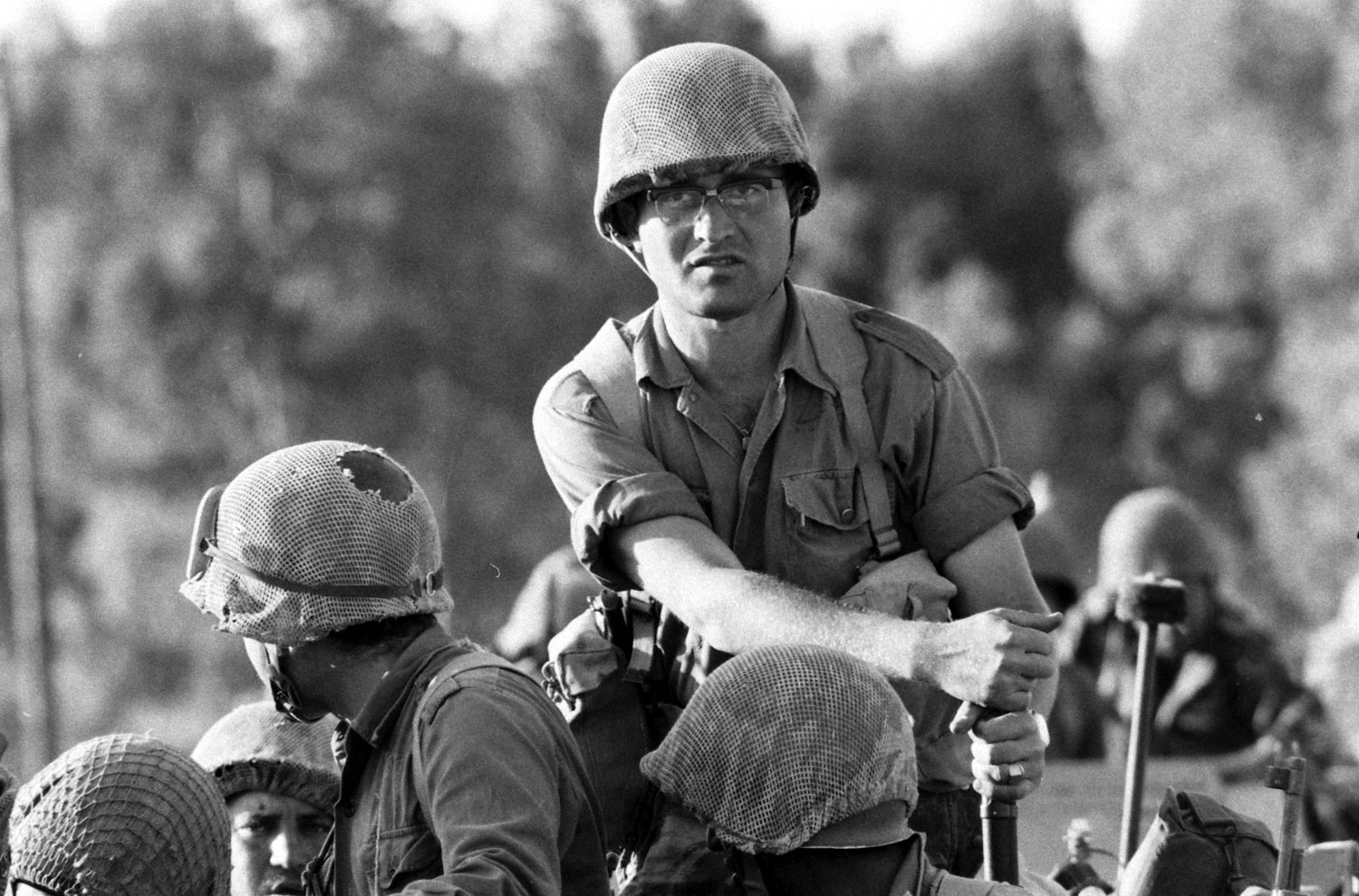
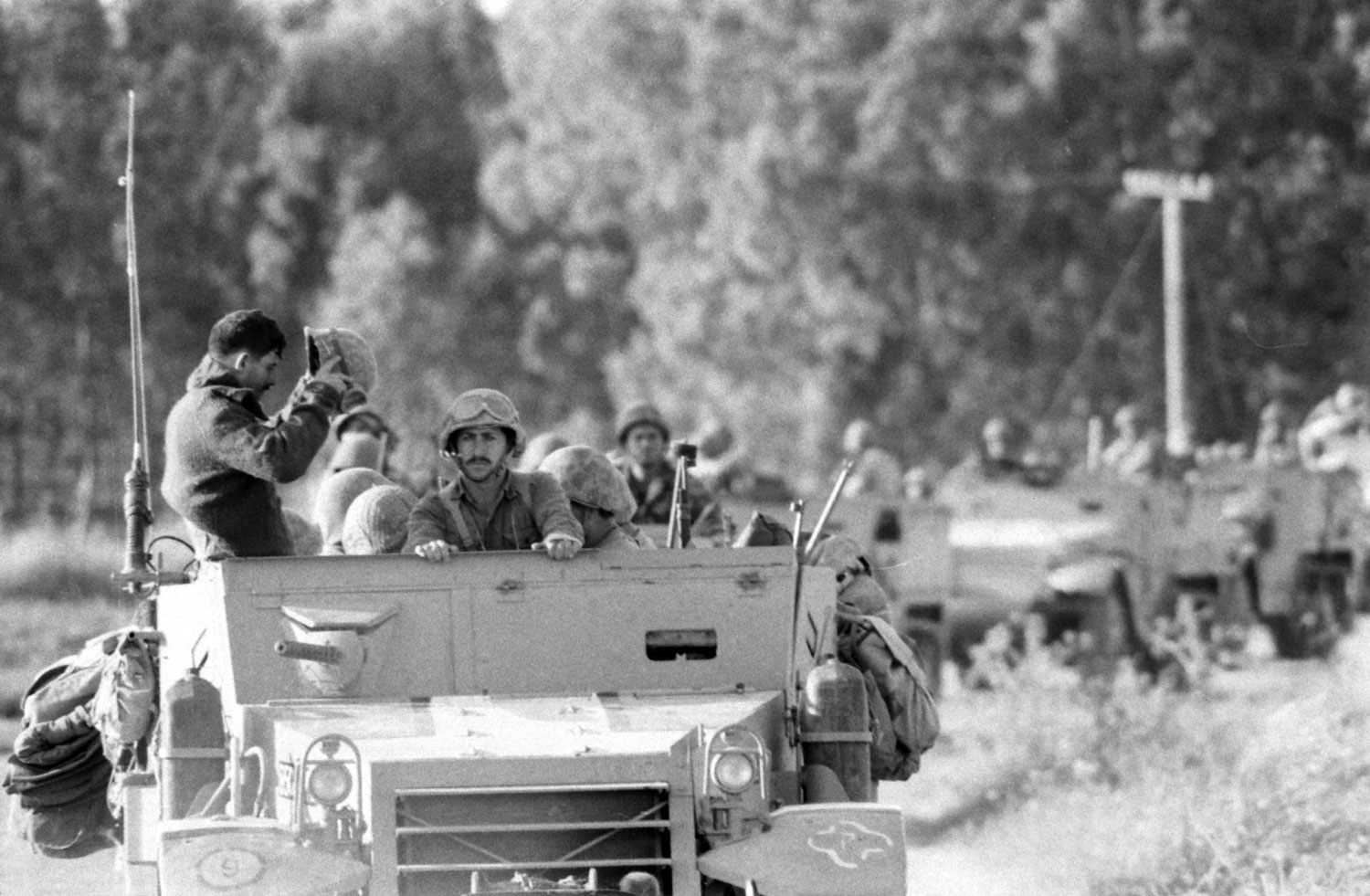


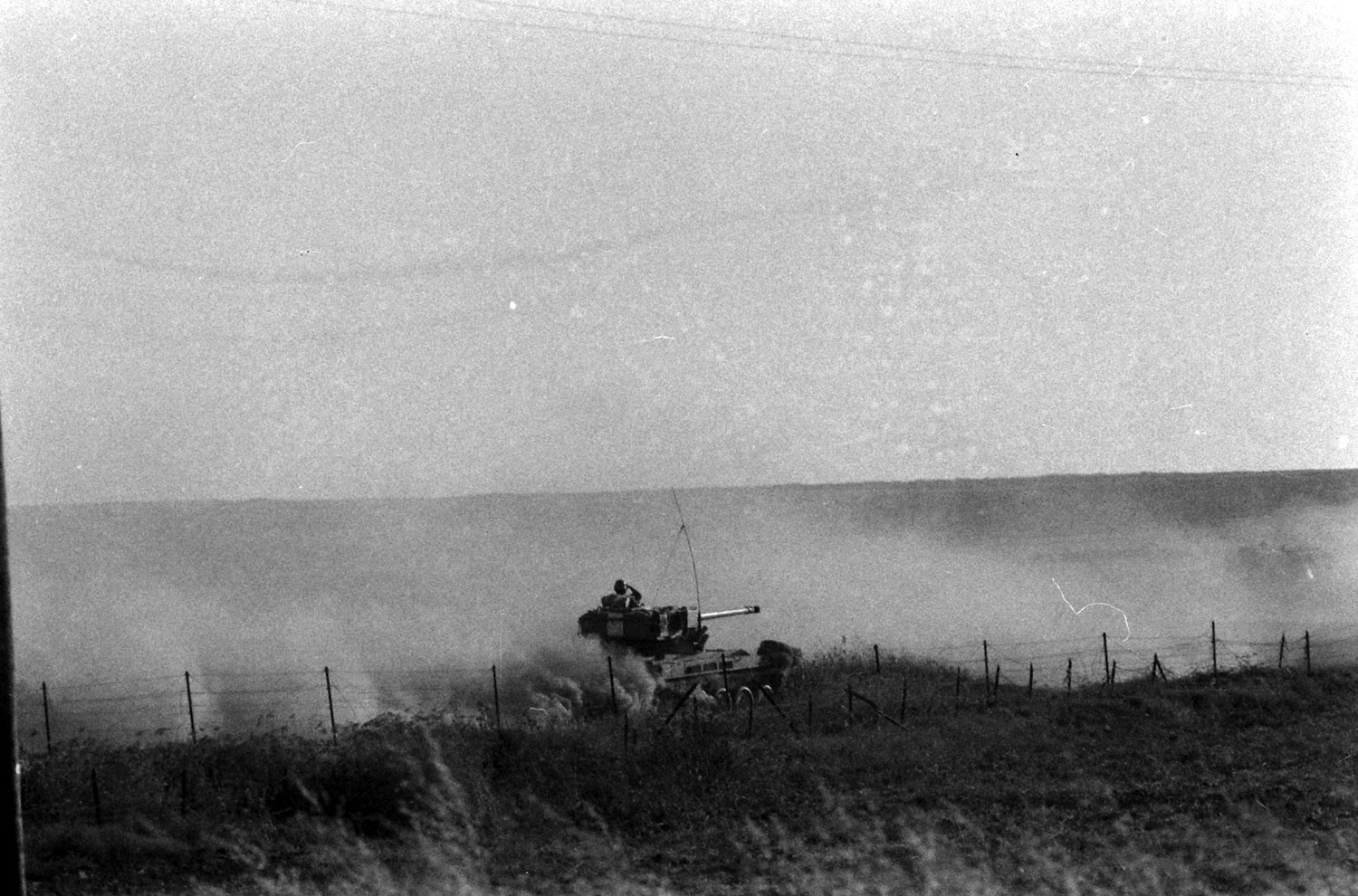


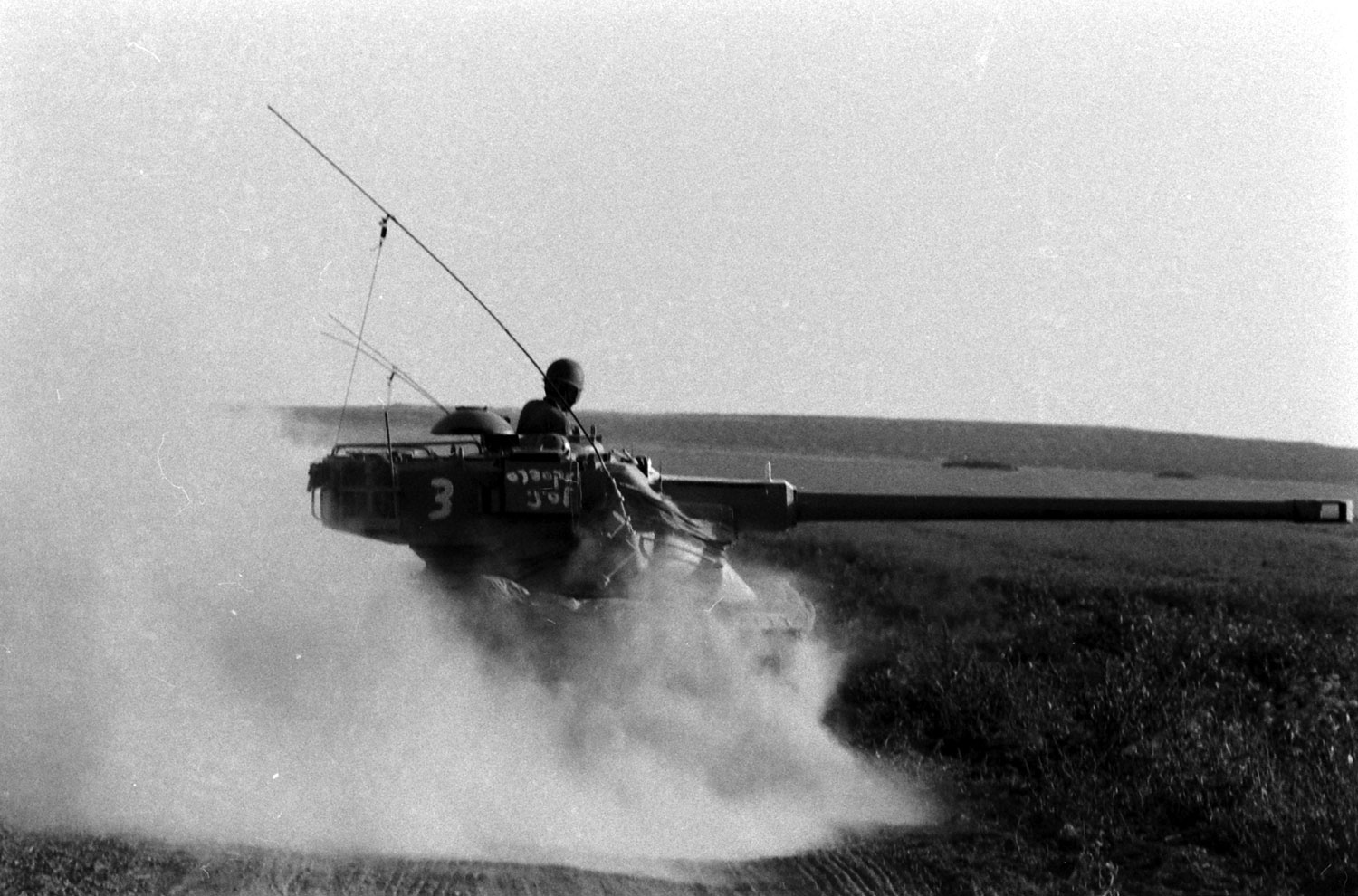
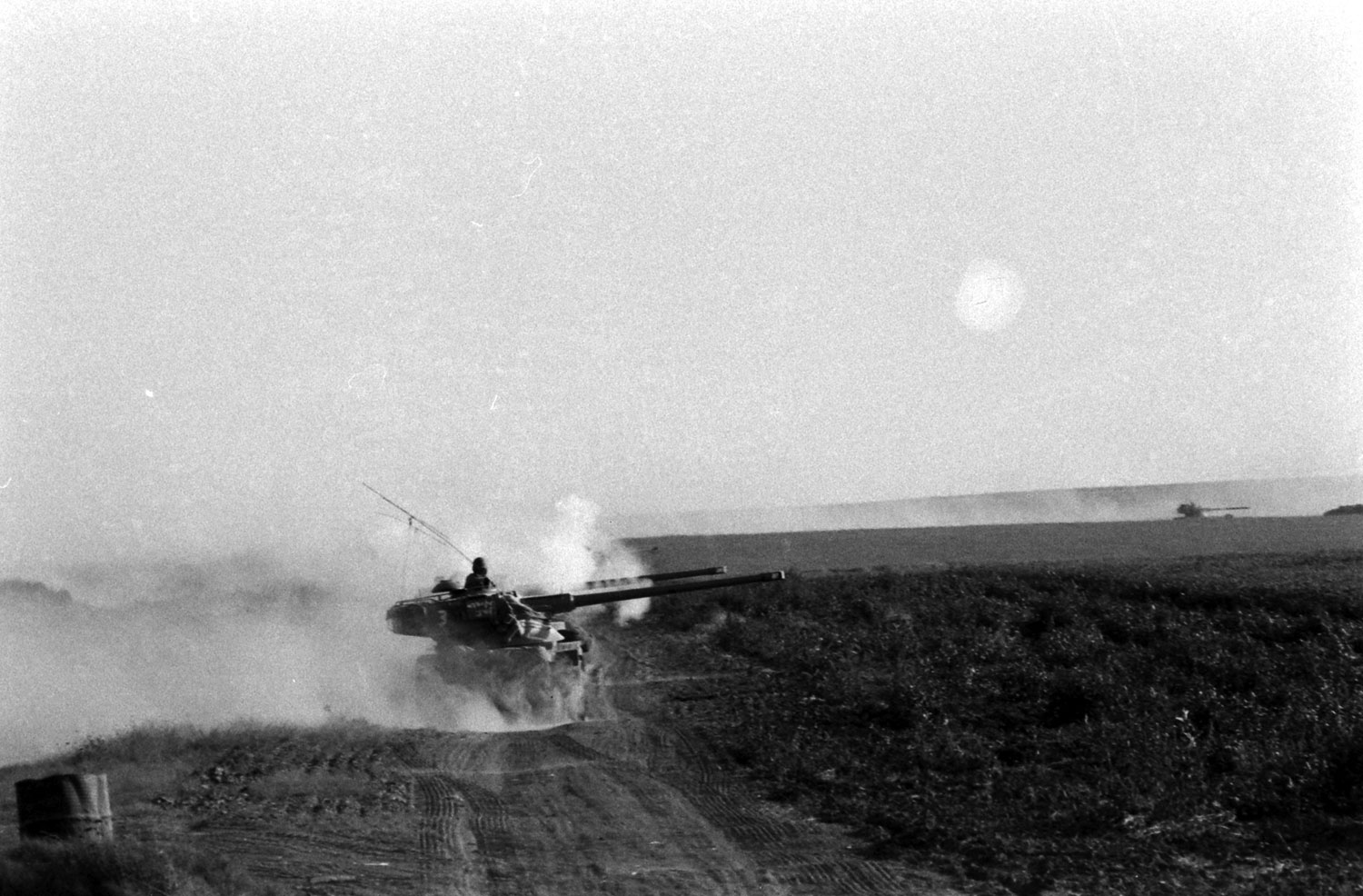


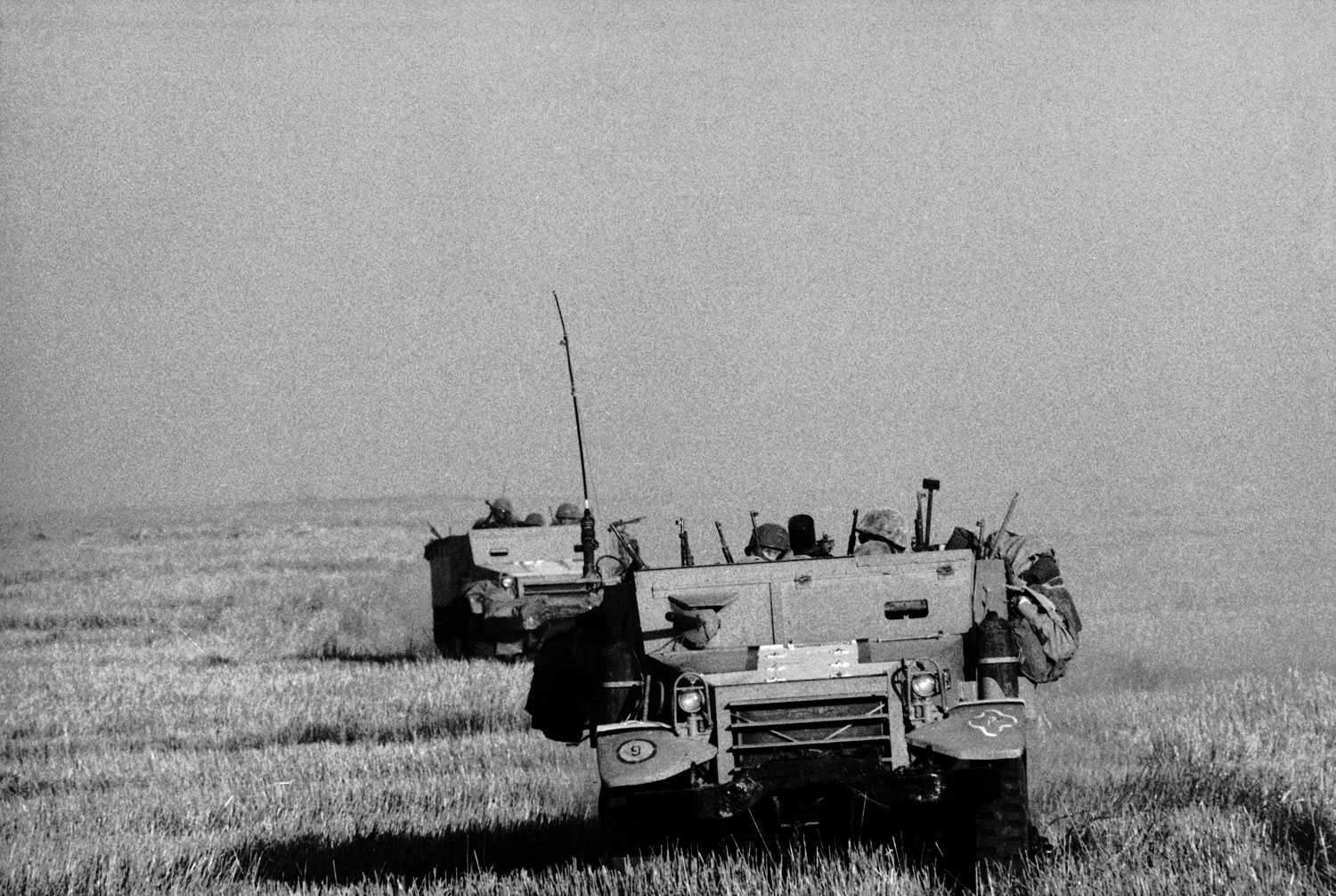


More Must-Reads from TIME
- Donald Trump Is TIME's 2024 Person of the Year
- Why We Chose Trump as Person of the Year
- Is Intermittent Fasting Good or Bad for You?
- The 100 Must-Read Books of 2024
- The 20 Best Christmas TV Episodes
- Column: If Optimism Feels Ridiculous Now, Try Hope
- The Future of Climate Action Is Trade Policy
- Merle Bombardieri Is Helping People Make the Baby Decision
Contact us at letters@time.com